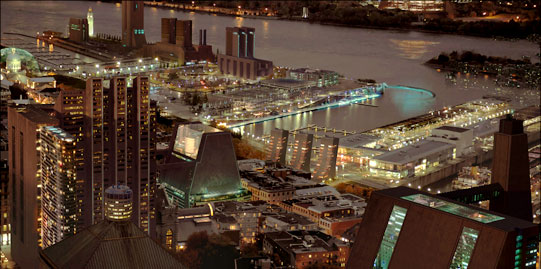- English
- Français
- Nederlands
Montreal
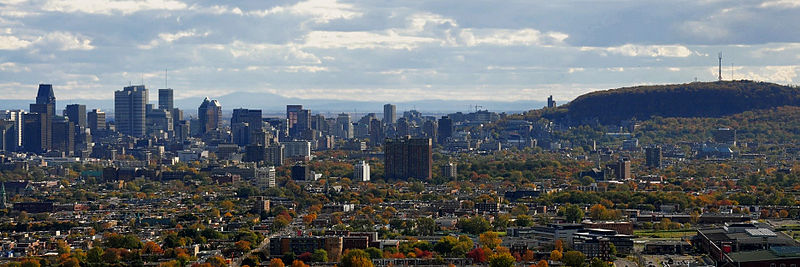
Montreal is the main city of the province of Quebec, in Canada, famous for its eclectic architecture. Formerly known under the name of Ville-Marie. Perhaps because the cycle of seasons is sharper than elsewhere, the points of Passage appear to be mostly of a transitory nature. They open for an exposition or a fair, for a few days or a few months, and then close up - sometimes forever. It is therefore recommended to visitors who wish to come back to be careful when crossing over to the Obscure World from that city. There are however a few more permanent doors, including the Botanical Garden, the Canadian Center of Architecture, the Clock Tower of the Port, the Notre-dame Basilica, the Sun Life Building, the Tower of the University of Montreal and some subway stations.
See also
- Namur and
Futuristic Montreal
Montreal is featuring in Mars et Avril, a movie by Martin Villeneuve. In this film, the city is more that just background; it has its own personality, with its own heartbeat, life, and futuristic body. Despite their utopian preconception, director Martin Villeneuve and visual designer François Schuiten wish to see a futuristic Montreal on the big screen that is by and large believable and not satirical. They developed the idea that architects, urban planners, and engineers from the future would only add to the existing framework, or replace it gradually, in order to deal with change and adapt to new norms.
At the Facebook website of Mars et Avril François Schuiten comments on some of his designs of Futuristic Montreal:
View from Mont-Royal
“For this particular view, I wanted to keep nature in the foreground, as though we had protected it. It’s so easy for concrete to take over. And nature adds texture. In the back, you can see Montreal, as we retained key elements from the past. Then there’s the horrible, sprawling layers that overlap and remain suspended thanks to a powerful system of electromagnetic fields. This positions Montreal as a city that produces and exports energy.”
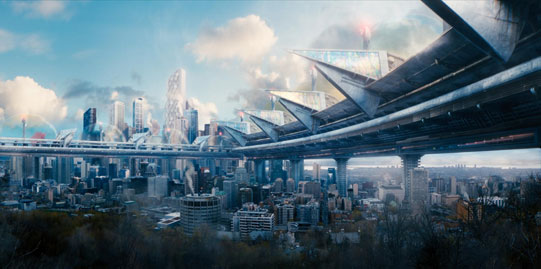
The Liquid pub
“I wanted to recreate a spiral on the quays of the Old Port. We set up this giant cochlea in the depths of the St. Lawrence River, like an inversed Guggenheim Museum. Everything leads to the stage, where musicians play. The audience takes in the show on ramps up above. Jacob is in the centre of the spiral, which is like a giant underwater amplifier.”
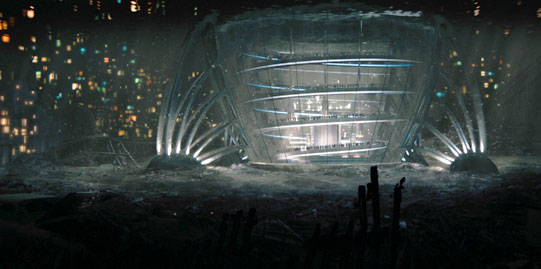
The Greenhouse effect
“It was great to be able to use the Buckminster Fuller structure! We were so lucky! And its spherical shape brings to mind planet Mars. We enjoyed playing around with the structure, uprooting it even. Drop it at the top of a tower, why not! It still looks elegant and doesn’t distract from the characters. Special effects must boost the credibility of a scene, never take over it.”
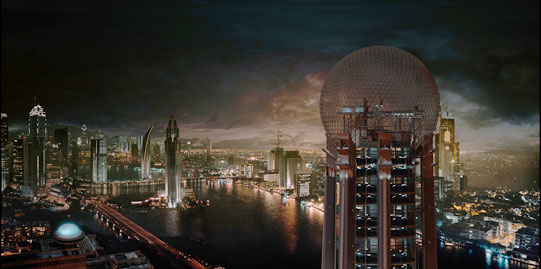
The temple of Cosmologists
“The director wanted to give a nod to Fever in Urbicand and use my setting of the temple des Hautes Instances. But we still had to stay on topic – as in Montreal in the future. We had to envision new tensions, tell the story of the city’s evolution. Like comic books, cinema has always been a utopia for urban design. When I do work for the big screen, I have visions of a large-scale utopia, boisterous and pretentious as they may be. I wouldn’t necessarily live there, but boy is it big!”
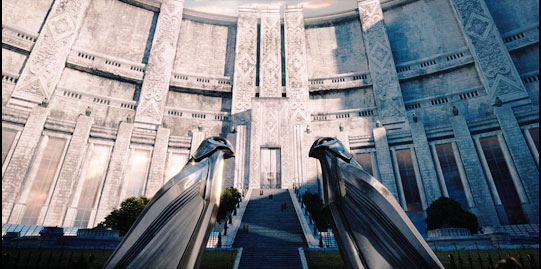
The artistic ghetto
“The future we imagine today is the product of our era. That’s why I love utopias – every utopia reveals the era in which it was conceived. I couldn’t care less if they actually come to be. Sometimes predictions are off, and that’s fine, because it forces us to dream that much bigger! Take for example Montreal in the 1960s – people had wild dreams, but very few ever saw the light of day.”
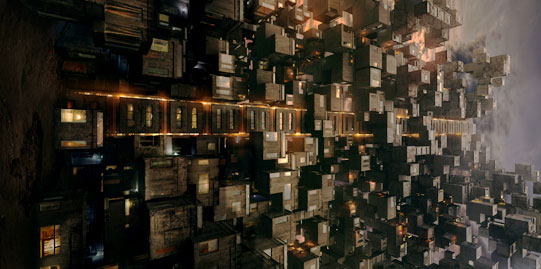
Downtown
“I liked the idea of getting into the veins of Montreal. When you tell a story, you have to start with something you know, your origins. To speak to the world, you have to start with your roots. I’m from Brussels. The creative team enlightened me on Montreal and what drives people here. Only then were we able to develop the city of the future. I didn’t want to see Schuiten on the screen, but rather give all of myself for a common vision.”
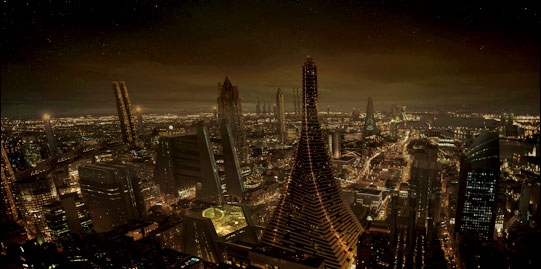
The old port
“Chaos is definitely the wave of the future. The days of monolithic cities are over. The future will not be represented by a single style. There will be old, strange, modern. And this coexistence will require proper management. It’s not easy to find a balance between traditional elements and strange, futuristic things we don’t quite understand. It’s extremely difficult to dream up a chaotic megalopolis, as the first image that comes to mind is usually frightening.”
